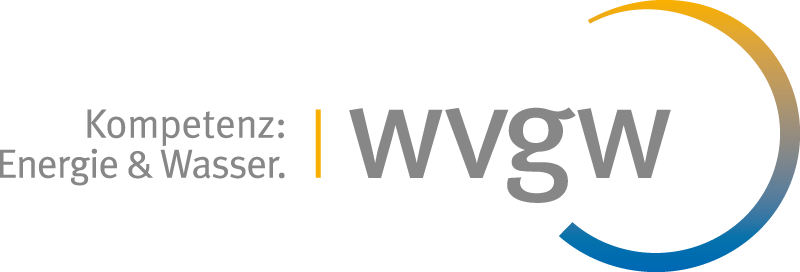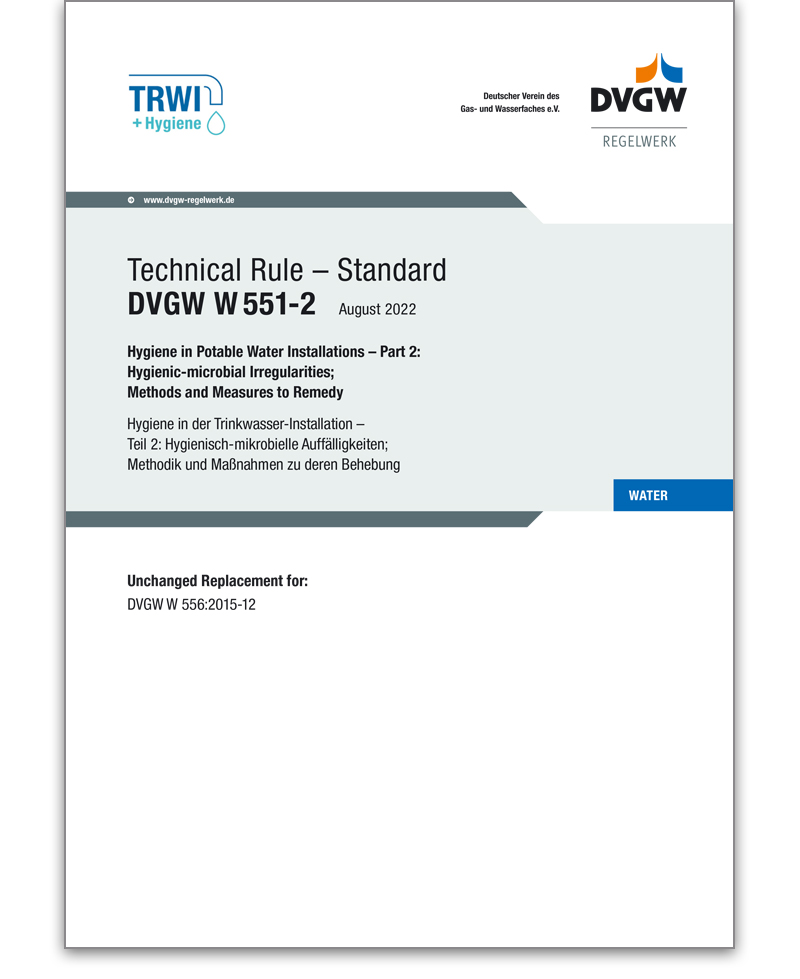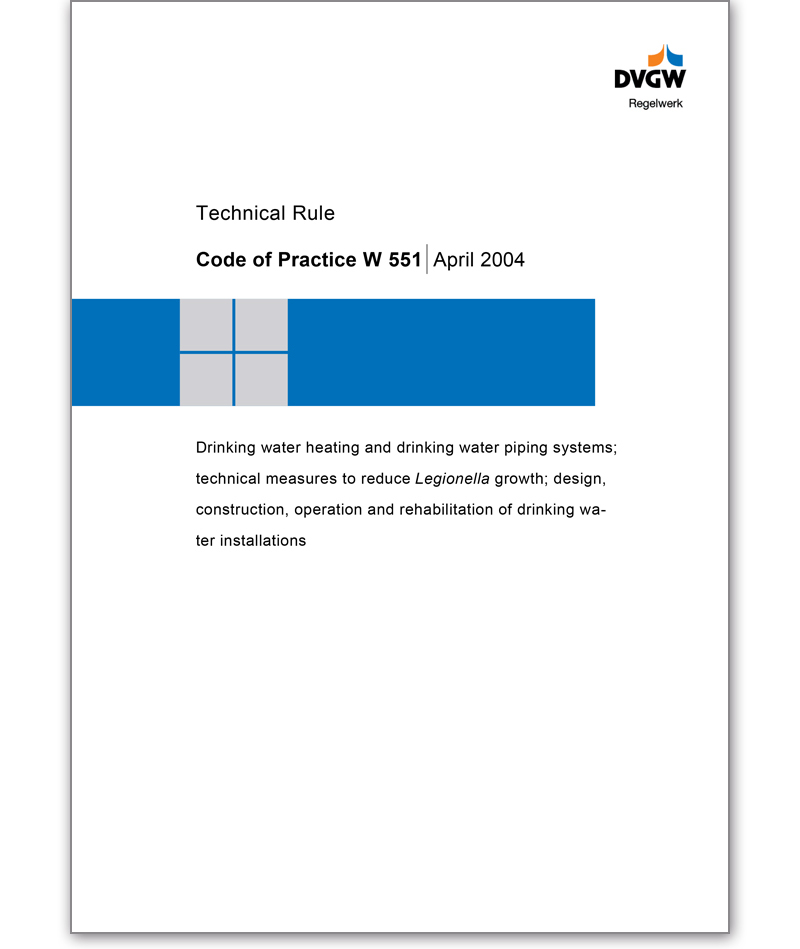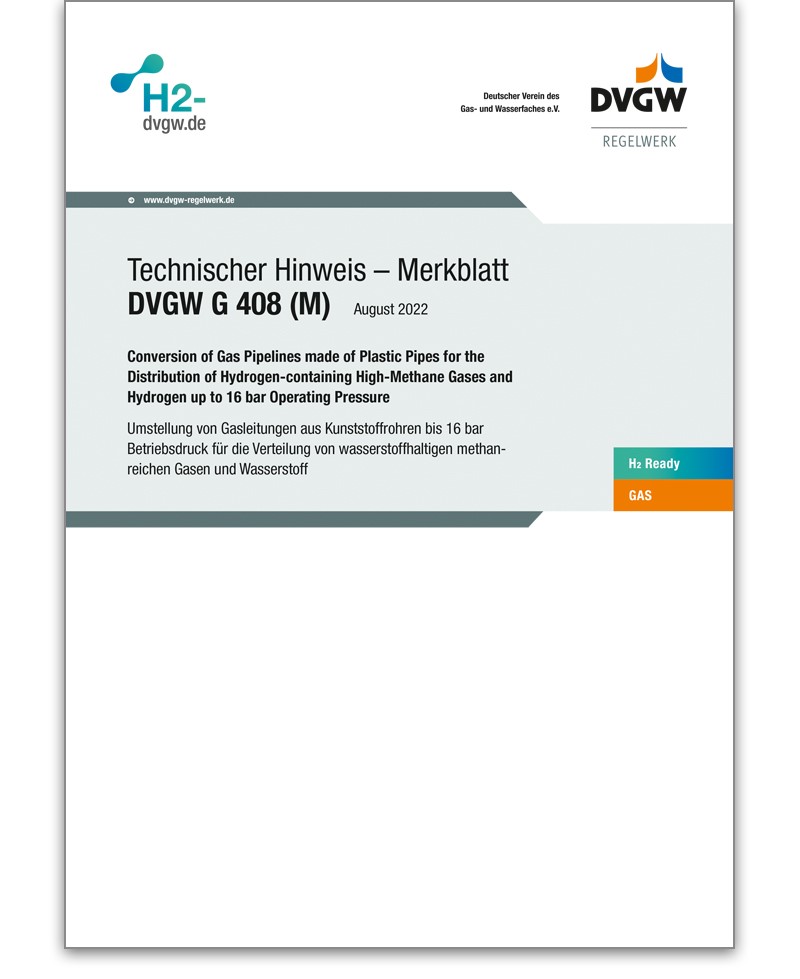W 551-2 Technical Rule - Standard 08/2022 -pdf-file-
Hygiene in Potable Water Installations - Part 2: Hygienic-microbialIrregularities; Methods and Measures to Remedy
- Herausgeber/Verlag: DVGW
- Format: 40 pages, available as pdf only
- Ausgabe: 1st edition 2022
- Hinweis: The german edition of this Standard W 551-2 you will find here.
- Verkaufseinheit: 1
- Mindestabnahme: 1
- Artikel-Nr.: 512437
79,28 €*
This standard W 551-2 applies to the operation and maintenance of drinking water installations in buildings. It stip-ulates the requirements on the management of technical and microbiological irregularities that may ad-versely affect hygiene in drinking water installations.
Foreword
1 Scope
2 Normative references
3 Terms, symbols, units and abbreviations
3.1 System disinfection
3.2 Irregularity
3.3 Operation in accordance with regulations
3.4 Operator
3.5 Biofilm
3.6 Disinfection
3.7 Hazard analysis
3.8 Maintenance
3.9 Contamination
3.10 Deficiency
3.11 Cleaning
3.12 Rehabilitation
3.13 Drinking water disinfection
3.14 Drinking water installation
4 Responsibilities and obligations of drinking water installation operators
5 Methodology and action in the event of irregularities
5.1 Methodology
5.2 Detection and analysis of irregularities
5.2.1 General
5.2.2 Microbial irregularities
5.2.3 Technical irregularities potentially affecting hygiene
5.3 Irregularity assessment
5.3.1 Assessment of microbial irregularities
5.3.2 Assessment of technical irregularities and their potential impact on hygiene
5.4 Action
5.4.1 Notification obligation in the event of microbial contamination
5.4.2 Immediate action in the event of microbial contamination
5.4.2.1 General .......
5.4.2.2 Terminal filters
5.4.3 Technical analysis of a drinking water installation in the event of microbial irregularities
5.4.3.1 General
5.4.3.2 Further deficiency analyses
5.4.4 Establishing actual conditions
5.4.5 Assessment of the technical situation and current use
5.4.6 Rehabilitation measures to eliminate microbial irregularities
5.4.7 Methodology for the preparation of rehabilitation plans in the event of microbial deficiencies
5.4.8 Rehabilitation team
5.5 Measures to prepare sustainable rehabilitation in the event of microbial contamination or to
safeguard drinking water quality, temporary measures
5.5.1 General
5.5.2 Plant cleaning and disinfection
5.5.3 Temporary disinfection of drinking water
5.5.3.1 Fundamentals
5.5.3.2 Disinfectants and disinfectoin methods
5.5.3.3 Technical requirements
5.5.3.4 Notification and information obligations
5.5.3.5 Analysis obligations
5.5.4 Rehabilitation in the event of microbial contamination
5.6 Verification of efficacy of rehabilitation in the event of microbial contamination
6 Sustainability of measures
Annex A (informative) – Examples of hygienically relevant technical deficiencies that led to
microbial contamination and remedial action



